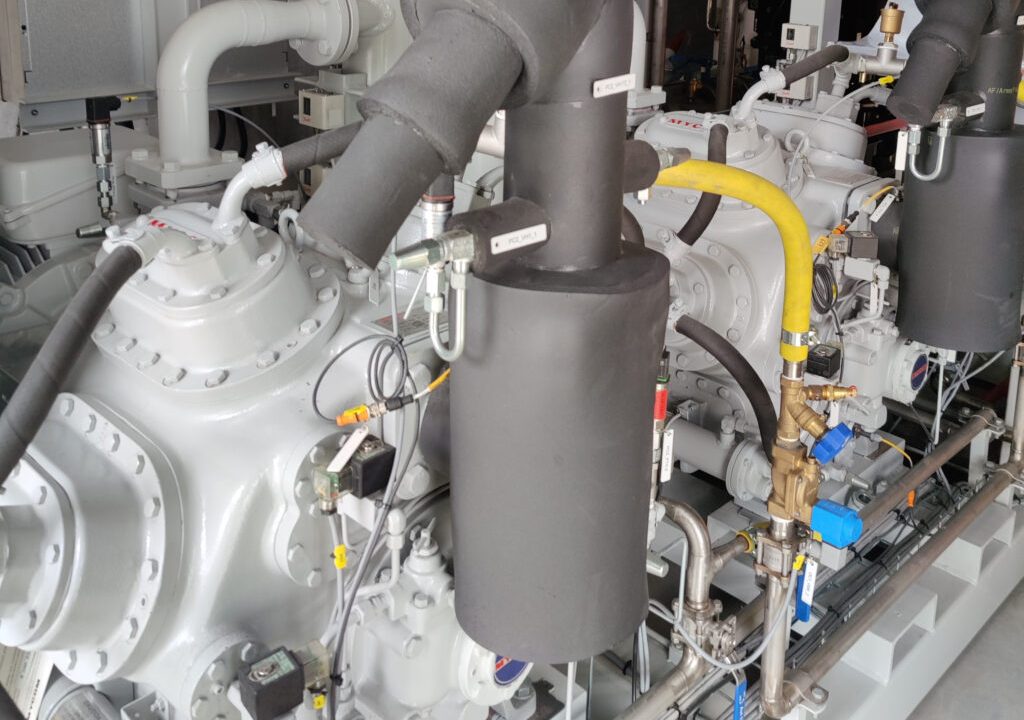Introduction to Safety Chat Platforms
Safety chat platforms are becoming a vital part of modern workplace communication. These platforms are designed to streamline safety-related discussions, provide real-time updates, and ensure that employees are always aware of potential hazards. With the growing emphasis on workplace safety, Safety chat platforms play a key role in reducing risks, preventing accidents, and promoting compliance with safety standards.
The Role of Communication in Workplace Safety
Clear communication is essential in maintaining workplace safety. Traditional methods such as notice boards, emails, and verbal announcements often fail to reach all employees in a timely manner. Safety chat platforms address this issue by offering instant messaging systems where safety alerts, updates, and guidelines can be shared immediately. This reduces confusion and ensures that everyone in the workplace is on the same page.
Real-Time Alerts with Safety Chat Platforms
One of the most important features of safety chat platforms is real-time alerts. Employees can instantly receive warnings about hazards, equipment malfunctions, or emergency situations. For example, if a machine malfunctions, a supervisor can quickly send an alert through the safety chat platform, preventing workers from using it and avoiding potential accidents. This immediate response helps reduce workplace risks significantly.
Enhancing Incident Reporting
Safety chat platforms also improve the way incidents are reported. Instead of filling out long forms or waiting to speak with a manager, employees can report safety concerns instantly through the platform. This encourages quicker reporting of hazards, near-misses, or unsafe behavior. With faster reporting, safety teams can address issues before they escalate into serious accidents.
Safety Chat Platforms for Risk Assessment
Workplace risks are constantly changing, especially in industries like construction, manufacturing, and healthcare. Safety chat platforms allow safety officers to conduct ongoing risk assessments by gathering input from employees in real time. Workers can share their observations and concerns directly through the platform, helping organizations identify and address potential hazards quickly.
Improving Training and Safety Awareness
Another key benefit of safety chat platforms is their role in training and awareness. Employers can use these platforms to share training materials, videos, safety guidelines, and reminders. Regular updates on safe practices keep safety at the forefront of employees’ minds. This not only reduces risks but also creates a culture where employees take responsibility for their safety and the safety of their colleagues.
Encouraging Collaboration Among Teams
Workplace safety is a shared responsibility. Safety chat platforms make it easier for different teams and departments to collaborate on safety initiatives. For example, a safety officer can communicate with supervisors, HR, and employees in one centralized system. This level of collaboration ensures that safety measures are consistently applied across all areas of the workplace.
Tracking Safety Performance
Monitoring safety performance is critical in reducing workplace risks. Safety chat platforms provide features such as data tracking, analytics, and reporting tools. Employers can review the number of incidents reported, response times, and resolved cases. This data-driven approach helps organizations identify patterns and make informed decisions to enhance workplace safety.
Supporting Compliance with Regulations
Organizations must comply with occupational health and safety regulations to avoid fines and legal issues. Safety chat platforms help businesses stay compliant by documenting all communications, safety alerts, and incident reports. This digital record can serve as proof of compliance during inspections or audits, protecting the organization from potential penalties.
Safety Chat Platforms in High-Risk Industries
Industries such as construction, mining, and manufacturing face higher risks compared to office environments. Safety chat platforms are particularly useful in these sectors, where hazards are more frequent and severe. Instant communication ensures that workers are informed about changing conditions, restricted areas, or emergency procedures. This reduces workplace risks and helps prevent serious injuries.
Integration with Other Safety Systems
Modern safety chat platforms can integrate with other workplace safety systems, such as alarm systems, sensors, and monitoring devices. When a safety sensor detects an abnormal condition, it can automatically send an alert through the platform. This integration ensures that workers receive critical updates immediately, reducing response times and minimizing risks.
Boosting Employee Engagement in Safety Programs
Employee engagement is crucial for the success of workplace safety programs. Safety chat platforms make it easier for employees to actively participate by sharing suggestions, raising concerns, and acknowledging safety reminders. When employees feel heard, they are more likely to follow safety guidelines and contribute to risk reduction.
Overcoming Communication Barriers
Language differences and diverse workforces can sometimes create communication barriers. Safety chat platforms can help overcome these challenges with translation features and visual alerts. This ensures that every employee, regardless of their language skills, understands safety instructions clearly. Clear communication reduces the risk of misunderstandings and workplace accidents.
Case Studies of Safety Chat Platforms in Action
Many organizations that have adopted safety chat platforms report a significant reduction in workplace incidents. For example, manufacturing companies have noted faster incident reporting and resolution times, while construction firms have improved compliance with safety standards. These real-world results highlight the effectiveness of safety chat platforms in reducing risks.
The Future of Safety Chat Platforms
As technology advances, safety chat platforms will continue to evolve with AI-driven analytics, predictive safety alerts, and integration with wearable devices. These innovations will further enhance workplace safety, helping organizations proactively address risks before they cause harm.
Conclusion
Safety chat platforms are transforming the way organizations approach workplace safety. By improving communication, enhancing incident reporting, supporting compliance, and fostering collaboration, they effectively reduce risks and create safer work environments. Businesses that adopt safety chat platforms not only protect their employees but also build stronger, more resilient operations.





